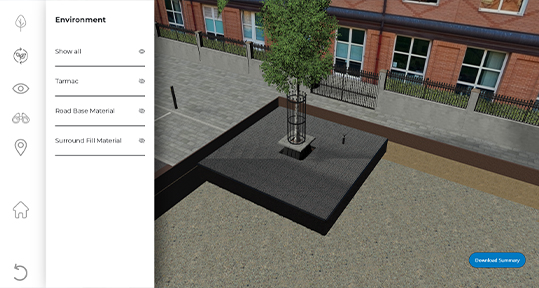Problems with ANGST? Then you might need some Vitamin G – A dose of ‘greenspace’ could be just what the Doctor ordered.
Accessible Natural Greenspace Standards, valuing natural capital and means of surveying people’s ability to connect with their natural environment are purportedly priorities for many elected representatives and aspirant contenders across our big cities in the UK. Watching the news recently, we noticed that the concept of ‘vitamin G’ had become a phrase being used to draw a definitive conceptual link between greenspace and the health agenda. Exciting research has already been undertaken to show multiple mental and physical benefits derived from being closer to nature and being exposed to the natural environment on a regular basis.
The Vitamin G study undertaken by Groenewegen, Van den Berg, De Vreis and Verheij in 2006, which has acted as a catalyst for further work, incorporates studies on a variety of scales; down to the micro level of the allotment garden, recognises that access to nature and greenspace can provide stress reduction. Regular access to green space and engagement with forms of activity and proximity with nature promotes feelings of safety and a sense of connection to local place – all positive outcomes for an urban citizen.
With the ever-increasing pressures on our natural environments, particularly in urban areas, to densify and develop to meet our housing supply needs, we need to truly conceptualise the implications of reducing access to the green and privileging the grey.
In reality, Accessible Natural Greenspace Standards, created as a means of promoting the experience of nature for residents in urban areas, are only a guideline and it is really within the purview of individual councils to avoid what can be termed as the ‘indirect selection’ whereby people’s incomes can determine their access to ‘vitamin G’.
Do we want to create a society of vitamin deficient city dwellers? Unlike other illnesses we cannot fix this with a quick trip to a health store for a simple supplement. To address the symptoms of this lack of one of the most key vitamins we need, not just to survive but also to flourish, we need to look at the causes.
Established standards have to be translated into policies across the UK to ensure planning outcomes equalise people’s ability to derive the multiple benefits associated with the green and blue infrastructure across our urban environments.





